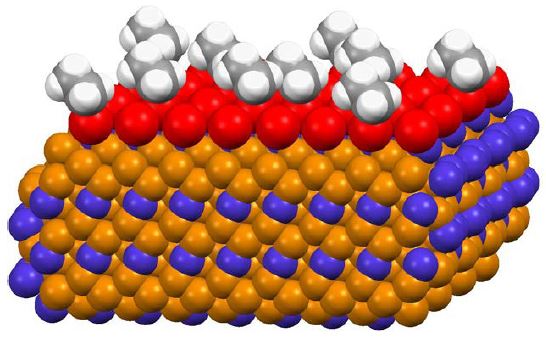Vision
Why Complex Materials?
A material is defined by its chemical composition and structure. Complex materials are those in which small and difficult-to-predict energy differences per atom can imply large qualitative changes in other properties, leading in many cases to rich phase diagrams (and often to enlarged unit cells). Easy switching between phases can be exploited for some practical applications. For other applications, the relative stability of simple materials is advantageous. There is of course a continuum from simple to complex materials. Predictive theoretical methods should apply to both kinds of materials (and to surfaces, clusters, and molecules), and thus must be based upon the first principles of quantum mechanics. These methods should range from the more highly-accurate ones that can provide benchmarks to the more computationally-efficient ones that permit wider searches over the enormous space of possible materials. Complex materials include the quantum (e.g., low-dimensional and cuprate) materials, but also more familiar ones like ice (or other molecular crystals) and liquid water at interfaces.
Major Goals
CCM will develop some benchmark methods, such as a coupled cluster or random phase approximation, but will mainly focus on the more computationally-efficient density functional methods. Better density functionals for complex materials will imply better theoretical descriptions of interfaces and catalysis, and new targets for materials synthesis.
Unique Features
A typical materials-by-design approach (Materials Genome Initiative) assembles and searches a very large database of materials and their computed properties. We follow a complementary strategy, choosing an interesting material that we computationally tweak or modify in various ways. This allows us to find materials and their modifications that do not appear in and cannot be interpolated or extrapolated from standard databases. The inclusion of fundamental research, leading to improved computational methods, is the unique feature of our project.
Potential Impact
This relevant and high-risk research, with interlocking objectives, can be successful only if supported bysynergistic integrated activity. Meeting the goals of the project will yield:
- New, accurate, and widely useful methods of electronic structure theory
- New insights into the materials-by-design problem
- Innovative materials for clean-energy technologies
This will directly impact much of materials science,condensed matter physics and chemistry, plus other wide-ranging materials-by-design and Materials Genomeinitiatives.

